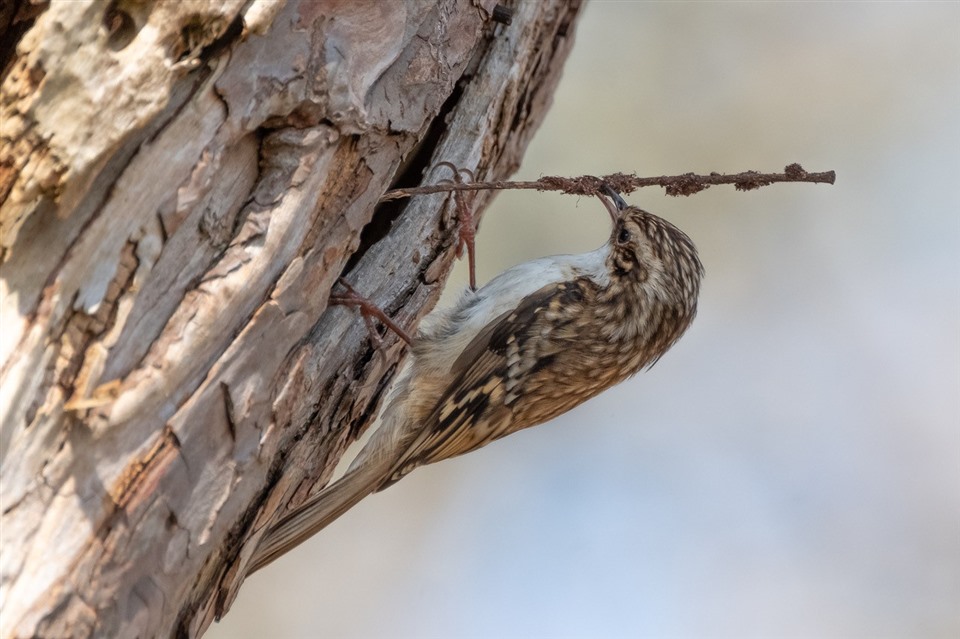
Treecreeper nest building by Graham Osborne
In line with Government guidance the following facilities are OPEN
Car park: dawn-dusk
Trails: dawn-dusk (Entry charges apply)
Toilets: 10 am – 4 pm daily
Playground: open daily
Shop: 10 am - 4 pm Wednesday – Sunday
*Change in opening arrangements*
Café takeaway: 10 am - 4 pm Wednesday - Sunday
Our shop and cafe are both closed on Mondays and Tuesdays, but…